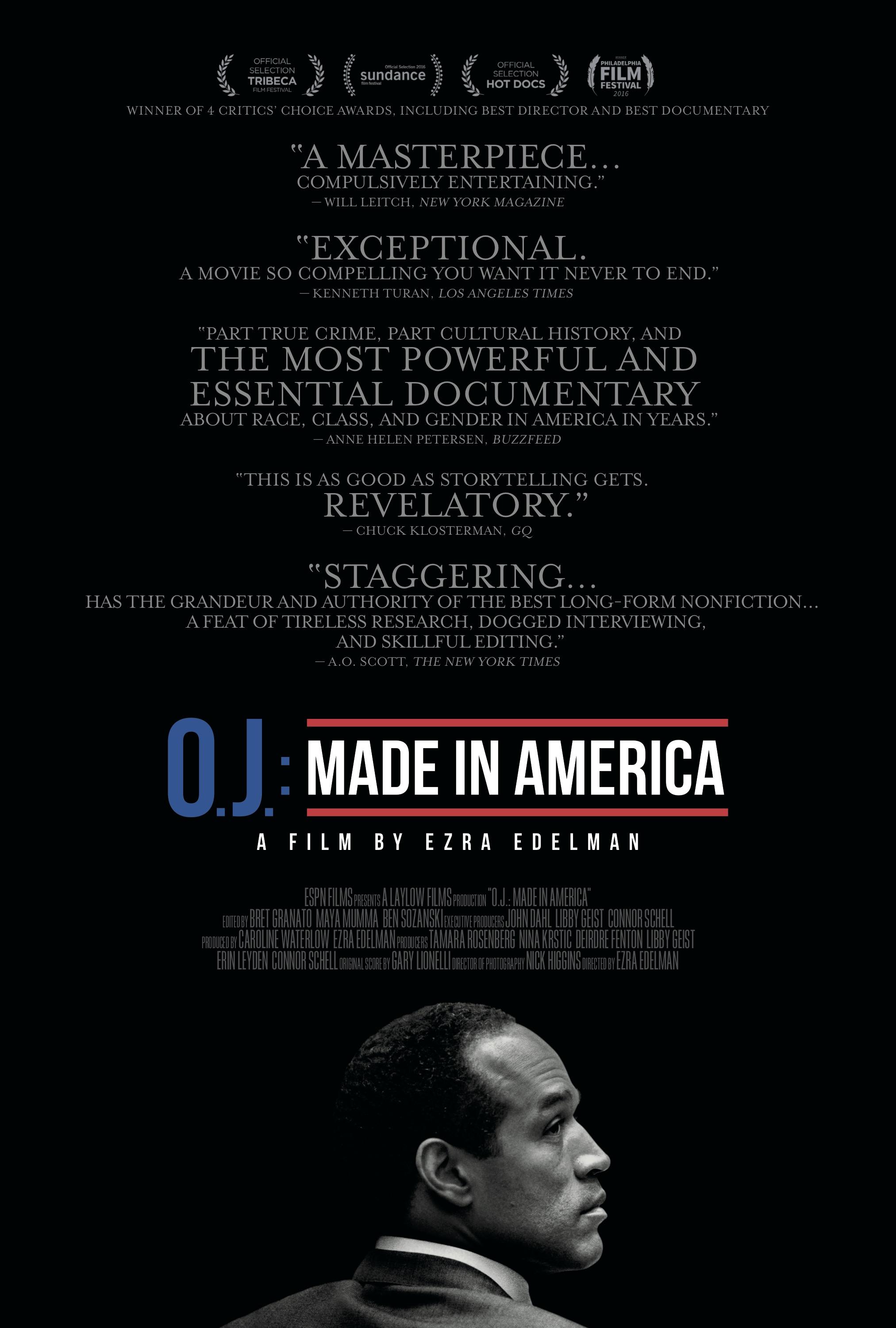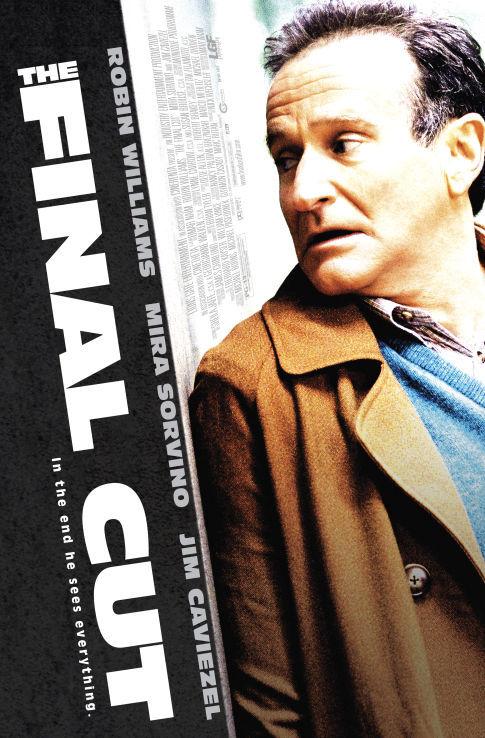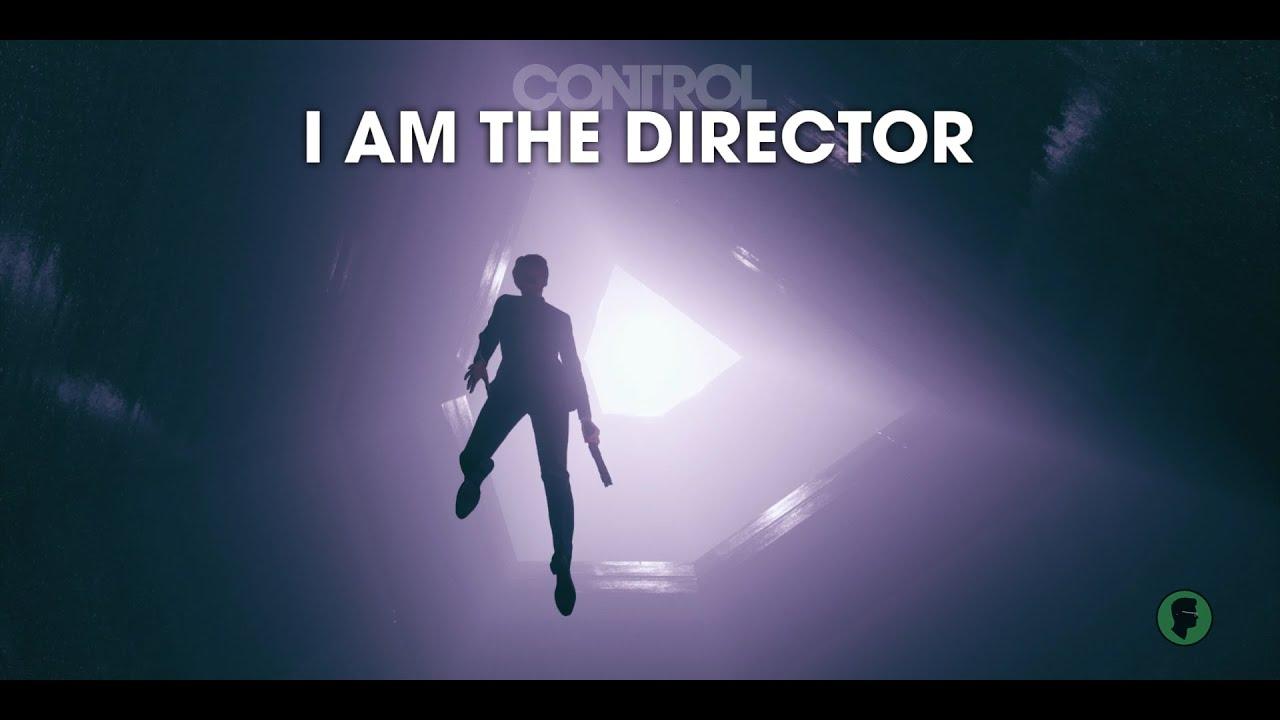In the dynamic world of filmmaking, the final cut of a movie represents the culmination of countless creative decisions. It is a pivotal element that can define the success or failure of a film. The ongoing debate over who should wield the ultimate authority in this process—directors or studios—continues to shape the landscape of the industry. Directors, often seen as the visionary architects of a film, argue for creative control to ensure their artistic vision is fully realized. On the other hand, studios, driven by financial imperatives and market considerations, advocate for a more pragmatic approach to maximize commercial viability. This article delves into the complexities of this debate, analyzing the implications of granting more control to directors versus studios, and exploring how these decisions impact both the art and business of cinema.
Creative Vision vs. Commercial Interests: A Deep Dive into Film Editing Authority
The balance between a director’s creative vision and a studio’s commercial interests often defines the essence of a film’s final cut. Directors, the architects of storytelling, seek to preserve their artistic integrity, focusing on narrative depth, character development, and thematic consistency. On the other hand, studios prioritize marketability, aiming for broader audience appeal and financial success. This dichotomy raises a critical question: Who should wield more authority in the editing room?
- Directors: Advocate for storytelling authenticity and innovation, pushing boundaries to craft unique cinematic experiences.
- Studios: Emphasize audience trends, box office projections, and franchise potential, ensuring a return on investment.
While directors argue for the sanctity of their vision, studios often possess the resources and market insights necessary to navigate the complexities of the film industry. The ideal scenario might involve a collaborative approach, blending artistic ambition with commercial pragmatism to create films that are both compelling and successful.
Balancing Artistry and Profit: Examining the Role of Directors and Studios
In the cinematic landscape, the tension between artistic vision and commercial viability is a perennial debate. Directors often seek creative freedom to craft stories that resonate on a deeper level, while studios prioritize profitability and marketability. This tug-of-war raises the question: who should have the final say?
Directors argue for more control over final cuts, believing that their unique perspectives drive innovation and authenticity. They emphasize that artistic integrity can captivate audiences in ways formulaic approaches cannot. On the other hand, studios point to their investment stakes and audience insights as justifications for their influence. They argue that understanding market trends is crucial for a film’s financial success.
- Creative Freedom: Directors can explore unconventional narratives and styles.
- Market Savvy: Studios bring data-driven strategies to maximize reach.
- Collaborative Balance: Finding a middle ground could enhance both artistry and profit.
Ultimately, a collaborative approach might be the key to harmonizing these two forces, ensuring that films remain both artistically compelling and financially viable.

Industry Insights: How Control Dynamics Shape the Final Cut
The balance of power between directors and studios in determining the final cut of a film is a nuanced dance of creativity and commerce. Directors often argue for greater control, citing the need for artistic integrity and a cohesive vision. They emphasize that the film is a reflection of their creative journey, and any alterations could dilute the intended message. The director’s perspective is often seen as a commitment to authenticity, ensuring that every frame and cut aligns with the story they set out to tell.
On the other hand, studios hold the purse strings and often advocate for more influence over the final product. Their primary focus is the film’s marketability and financial success. Key considerations for studios include:
- Target audience preferences
- Box office potential
- Brand alignment
Studios may push for changes to cater to broader audiences or enhance commercial appeal. This can lead to a tug-of-war where the final cut becomes a compromise between artistic expression and business interests. Ultimately, the question remains: who should steer the ship when it comes to the final vision?

Strategic Recommendations for Harmonizing Creative and Business Goals
In the ongoing debate between creative vision and commercial viability, a balanced approach is essential. Directors, as the visionaries, bring a unique perspective that can elevate a film’s artistic merit. Empowering directors with more control over final cuts can foster innovation, ensuring that their storytelling remains authentic and impactful. This creative freedom often leads to critically acclaimed films that resonate deeply with audiences, enhancing a studio’s reputation for quality content.
On the other hand, studios have a responsibility to ensure that films are marketable and financially successful. A collaborative strategy can be implemented where directors and studio executives engage in open dialogues throughout the production process. This could include:
- Regular creative meetings to align on the vision and commercial goals.
- Test screenings to gather audience feedback, helping guide final edits.
- Flexible contracts that allow for both creative input and studio oversight.
By fostering a culture of mutual respect and understanding, both parties can work together to produce films that are not only artistically satisfying but also commercially successful, harmonizing the creative and business aspects seamlessly.

